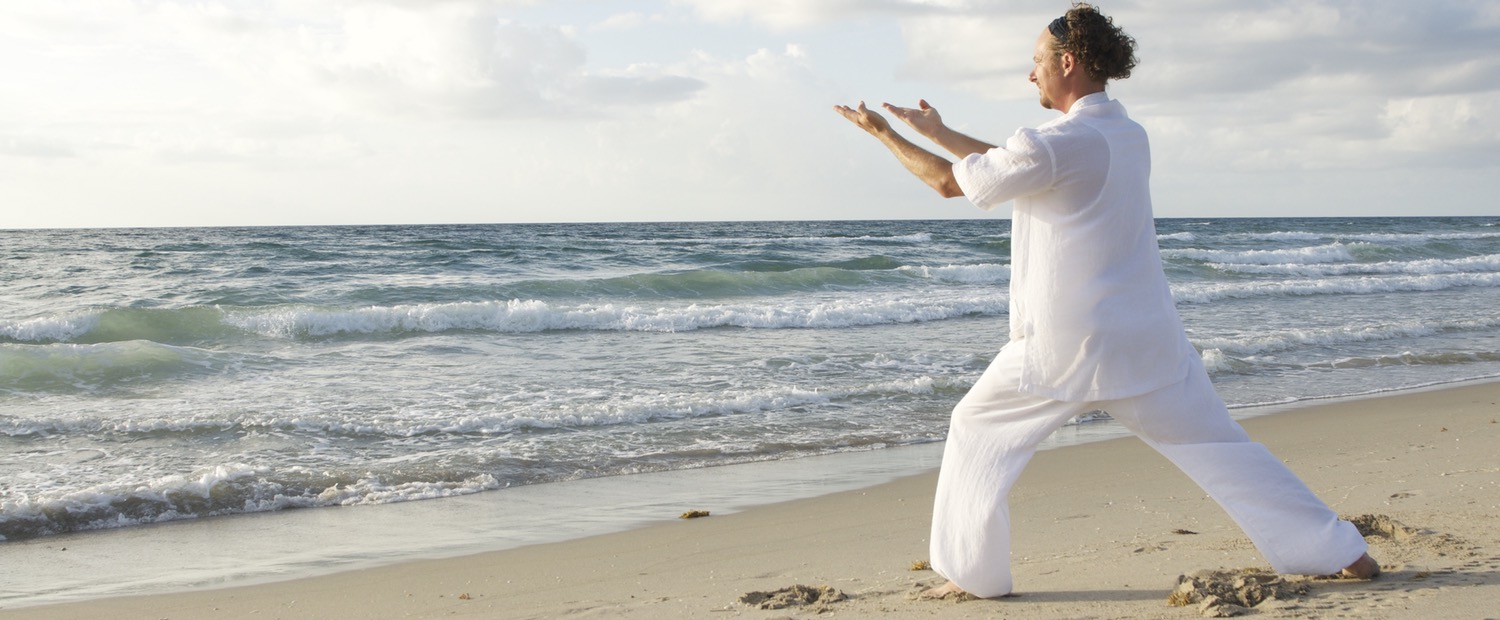Hawaii’s 132 islands, islets and atolls showcase diverse landscapes. Consequently, the average acreage rate across the state varies considerably. An acre nestled along a bustling coastal area ripe for residential development will sell at a premium to an isolated, rambling wilderness plot. Site-specific attributes like coastal access, utility connectivity and construction readiness also influence acreage rates. As do zoning designations and capacity to accommodate commercial, residential or agricultural enterprises.
With an insatiable appetite for housing and strong tourism demand pushing against limited land availability, savvy investors can unlock substantial long-term returns by strategically purchasing correctly zoned acreage today. Nonetheless, offloading raw land in the Hawaiian market is not as straightforward as it may be on mainland U.S. The state’s tight housing inventory, extensive planning permissions and infrastructure establishment typically drive up selling prices.
Moreover, property ownership in Hawaii is “fee simple” – meaning owners become the sole owners of their purchased properties and can pass down their titles to future generations. This unique real estate status is one of the primary reasons why investing in Hawaii land delivers solid returns to individuals and institutions alike.
As the state’s most populous island and capital of political and economic activity, Oahu is the premier location for residential and commercial real estate. Residential acreage on Oahu can sell at over $200,000 per acre, extending into the millions for larger commercial plots.
Over 10 million visitors flock to Hawaii annually generating billions in tourist revenue. Yet, these visitors plus new residents need accommodation infrastructure in homes, hotels, shops etc – all built ultimately on limited state-wide land resources. As a result, land values in Hawaii are significantly higher than continental U.S.
While some buyers seek to preserve Hawaii’s natural beauty by prohibiting any future development, others aim to capitalize on the lucrative hospitality sector and build vacation rentals, hotel or retirement communities. The latter often require a different set of metrics for valuation and feasibility.
Given the complexities associated with purchasing raw land in Hawaii, it’s crucial for prospective investors to understand their goals, investment timeframes and risk tolerance. If you’re looking for immediate cash flow, Hawaii is probably not the best fit – as you’ll likely achieve better returns by purchasing traditional rental properties on the mainland. However, for those with a longer term objective and the resources to develop and sell on, strategic Hawaii land investments can yield substantial returns as property appreciation and rental demand continue to outpace mainland market trends. To facilitate speedy sales versus lengthy holding periods, some investors partner with property companies that acquire and carve remote land into developed units for sale on the market. Nevertheless, Hawaii land investments are still not guaranteed profits decades ahead in such a dynamic global arena. As a result, it’s important to balance your risk tolerance with your return expectations. This is especially true as the real estate industry continues to face increased volatility in the wake of the recent stock market turmoil.

